Its not always easy to truly learn a game as complex as TFT, but we have some advice to help you do just that!
Learning and improving in any multiplayer game is key to having more fun when you play, and TFT is no exception. A single TFT guide can be the difference between wallowing in bronze forever and soaring to new heights. That's why we're here to walk you through some important things to keep in mind and to learn to do as you look to climb up through the ranks!
Learn two or three compositions very well
For people new to TFT entirely, or for those just trying out a new set, building a foundation is important. This is something that's true for most games honestly. It can be totally overwhelming to start up a new game and try to learn everything at once.

So instead of trying to force too much info in your brain at once, start small and broaden your horizons over time. In TFT this is especially helpful since there are tons of unique units, with their own strengths and weaknesses, and tons of combinations for them and traits too.
At the beginning of the journey, wherever you start, you should try to find two or three compositions you find fun and/or good and stick with those for a while. Over time, you'll learn how to pilot these to a high level and truly know their comeback potential, necessary items and power spikes. There's always an element of randomness to TFT, but if you follow this step of our guide, it can help mitigate that a bit.
Plus, doing this will help you see how other people play completely different compositions, and what the meta is, while helping you win more consistently and build confidence!
If you're having trouble narrowing it down, here are three easy-to-grasp compositions you can try out:
- Yordle (tank Vex, carry Tristana/Heimerdinger)
- Academy (Garen with tank items and Bloodthirster, carry Katarina, Yone or Lux)
- Challenger (Warwick, Samira and Yone can all be great carries)
Be versatile if contested
Though it's important to mainly stick yourself to two or three compositions when you start, there's always going to be times when you're contested for a trait or traits. You and an opponent could get great starts for a certain trait and decide that's the game plan. Or there's a heavily contested meta comp that everyone wants to abuse for LP.
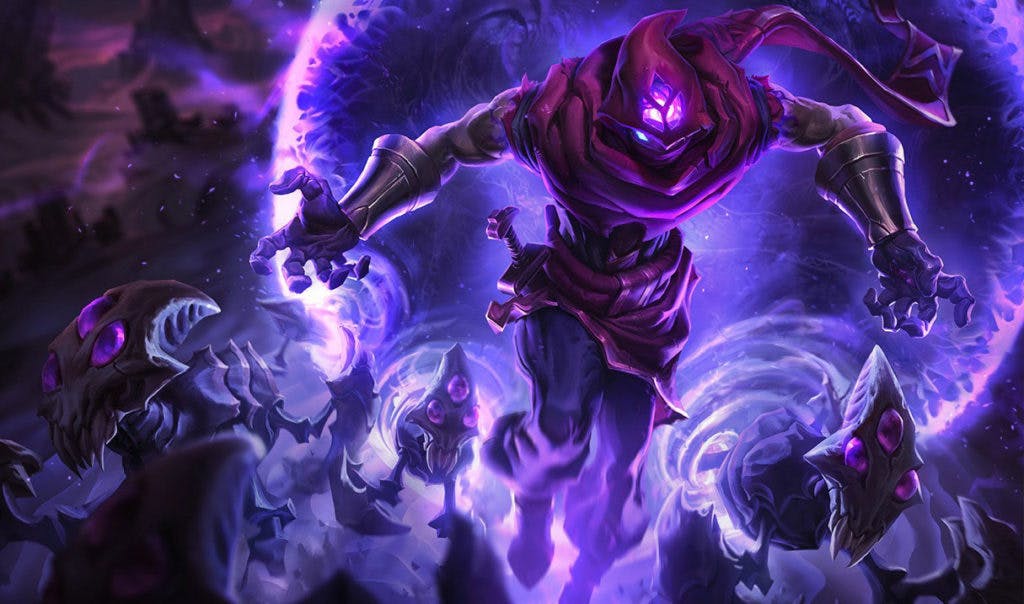
Well, in this case, it's imperative to have a backup plan. Maybe it's a good idea to pick up a few extra units at the cost of some early econ to be able to pivot if the person contesting your trait or traits picks up steam faster. In addition, you can think about how some of the said composition can fit into or be adapted to others.
For example, if you find an early Malzahar and want to go the Mutant trait, be picking up some Arcanists too. Not only can some of them be incorporated into a Mutant team, but if you fail to find enough Cho'gaths or Dr. Mundos, you can shift to a full Arcanist composition instead.
It certainly can suck when your opponent goes the same trait as you and gets luckier with unit rolls to come out ahead. Though sometimes you can if you get lucky too, it's not always smart to be stubborn. Not tunnel-visioning and being versatile in TFT will surely help guide you to more victories!
Key points:
- Don't tunnel on playing one composition at the start of a game.
- Be pciking up extra units in case you need to pivot to a different composition.
Learn when to econ and when to roll it all down
Now, there's definitely some preference that comes into play with the third point on our TFT guide. Some players like to hard econ and save money more, while some enjoy forcing early power spikes and riding those to win streaks.
Regardless of preference, there will always be times where saving money or spending money is needed. For example, when win streaking early with a late-game scaling composition like Challenger, saving money for those crucial four and five-cost Yones, Fioras and Kai'sas can make a first-place finish a breeze.
But if that same composition is very behind early, rolling for power spikes can be necessary around level six. Again, using Challenger as an example, finding a big Warwick or Samira can be game-saving. Rolling down a significant amount of gold to secure yourself tier-twos or tier-threes and strong three-cost units can help you stay afloat. There's no use in saving gold if you get knocked out in eighth place, right?
Key points:
- Don't be stubborn in always hoarding gold or always hyper rolling.
- Depending on the flow of the game, make sure to adjust your money-spending habits accordingly.
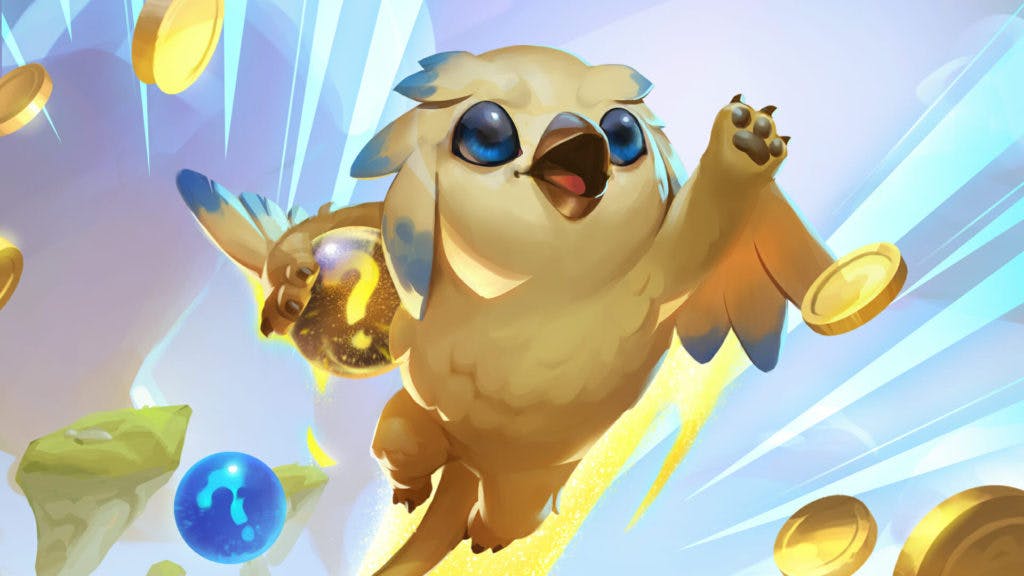
Don't tilt!
Tilt is a part of any competitive video game nowadays. Sometimes things just don't go your way, or you get stuck with some bad RNG. It happens to everyone. The main thing that keeps the best on top is their ability to overcome tilt.
There is a decent amount of RNG to TFT, there's no doubt about that. Getting bad item components, never finding tier-two units or having a champion swap targets at the last second can seriously impact a game. However, instead of throwing up your hands in frustration, take a breath and think.
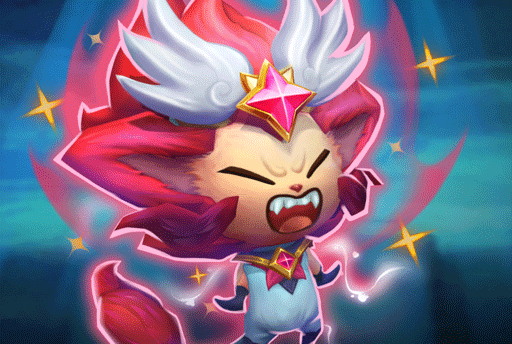
Having a clear mind will help you find avenues to overcome bad situations, in TFT and other games. If you can keep yourself calm even in the most frustrating moments, chances are you'll be able to find a way forward easier.
Key points:
- DON'T TILT!
- You have a better chance of making a comeback if you're cool, calm and collected.
Keep late-game carries in mind for item choices
Next up is something that can quickly get overlooked in the midst of a game. Keeping your late-game carries in mind and securing items that they need. A small number of high-cost units can operate with relatively few items, but if you want to make the most out of them, they'll need good items.
The first aspect of this is knowing what items they'll need of course. If you're following step one of this TFT guide, you'll be able to know this much easier. Being familiar with the strongest items for a champion helps you utilize them to their full potential, so it's important to know this so you can choose the right components as the game progresses.
However, following this tip doesn't mean you should hoard components or neglect your early/mid game. Using items on strong early champions is obviously important to do. This will either help you kick off a win streak or mitigate losses.
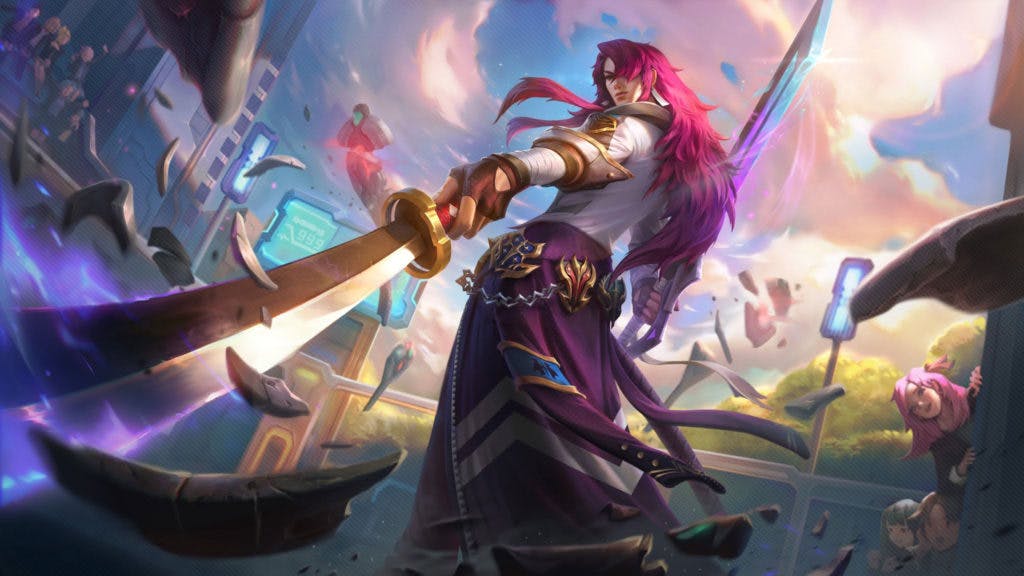
With this, a different option is to put your late game carry's items on another placeholder champion. This is smart to do, as if you're fine ditching the unit when the time is right, it allows you to get the full value out of your board all throughout the game.
Key points:
- Try not to use all your items on early game champions, though you should use some.
- Keep in mind who you might want your late game carry to be.
- Make item choices in the carousel based on your late game carry.
Positioning matters!
In any set, there are a variety of different factors that influence positioning. Assassins, Blitzcrank, Zephyr and Shroud of Stillness are all examples of things that require proper positioning to use well or to outplay.
There are usually a decent amount of ways to position your board, regardless of the composition. As an example, even in a standard front-to-back composition, with a bulky frontline and strong backline damage, there are lots of options.
Clumping in one corner can be great against assassins, but leave you vulnerable to large AOE's. So you might want to spread out if there are a lot of AOEs on opponents' teams. But then you have to make sure your primary carry isn't getting targeted by a Blitzcrank or a Shroud of Stillness.
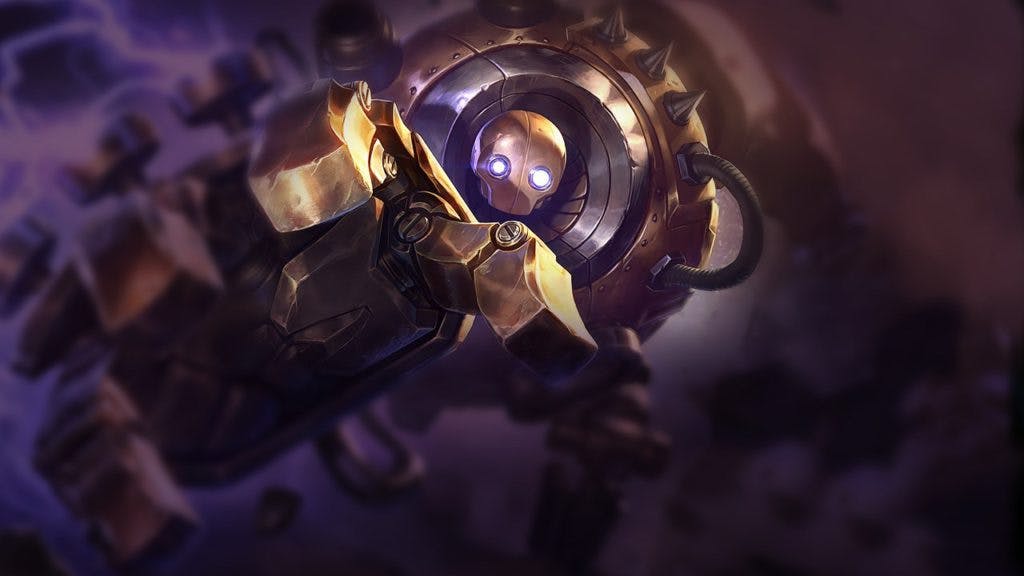
Positioning is difficult to get right all the time, especially when all eight players are still in the game. But as the number of players diminishes, positioning becomes more and more of a factor in beating out the competition and claiming first place.
Of course, knowing where to position largely depends on seeing what your opponents are doing, which leads us to the next point in our TFT guide...
Key points:
- Don't keep your board static the whole game.
- Spread out or clump you units based on other people's teams.
Don't slack on scouting
Focusing on your own game is only half the battle. As eluded to, it's incredibly important to be aware of what the rest of the lobby is doing at all times. There are a few different reasons for this.
First of all, it lets you see what compositions others are going. This helps you to know if anyone is going your comp, as well as if someone is going something that counters yours. Knowing if either of these two things is happening early on can be the difference between eight and first.
Secondly, as mentioned before, it can give you a better idea of how to position your board to dodge threats and exploit enemies' weaknesses.
Finally, it can keep you one step ahead of opponents. For example, if you're at the carousel and the person in first place wants something from it to get a big item, a tier-three unit or a five-cost champion, and you know about it, you can steal it away to keep them from steamrolling ahead.
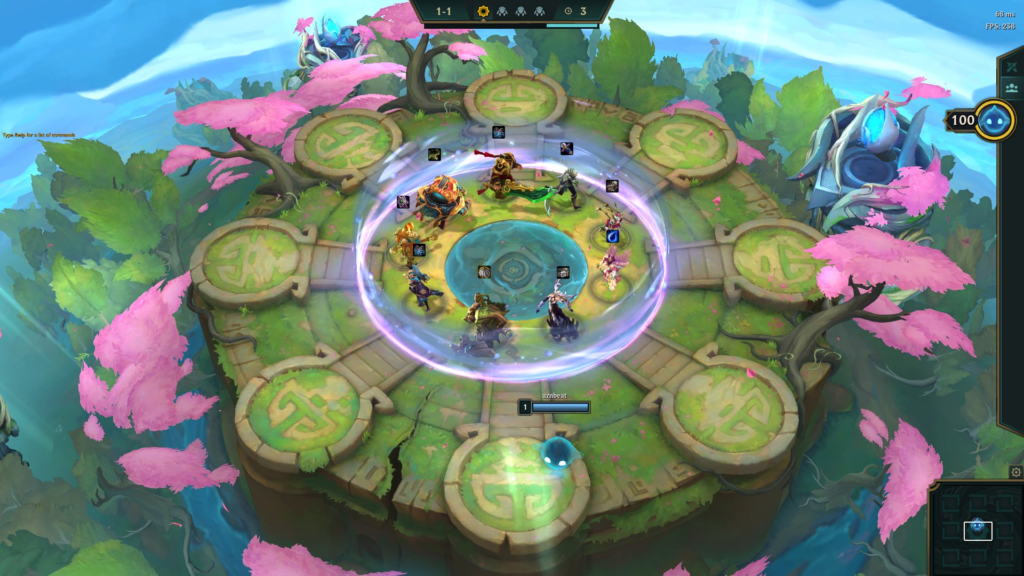
Even though it might be hard to do sometimes when you have a lot on your plate, scouting out opponents' boards once in a while is a skill that should definitely be learned.
Key points:
- Be scouting out other people's boards throughout the game.
- Scouting keeps you one step ahead on how to position, who might contest your traits and any threats you can take care of.
Learn from the best and stay on top of the meta
The last, but not least, piece of advice in our TFT guide is to learn from others. There's a lot you'll learn just from playing the game, but you probably won't figure out everything alone.
Thankfully, there are so many streamers on Twitch that play at high levels and YouTube creators that have both educational and entertaining videos to help those wanting to improve.
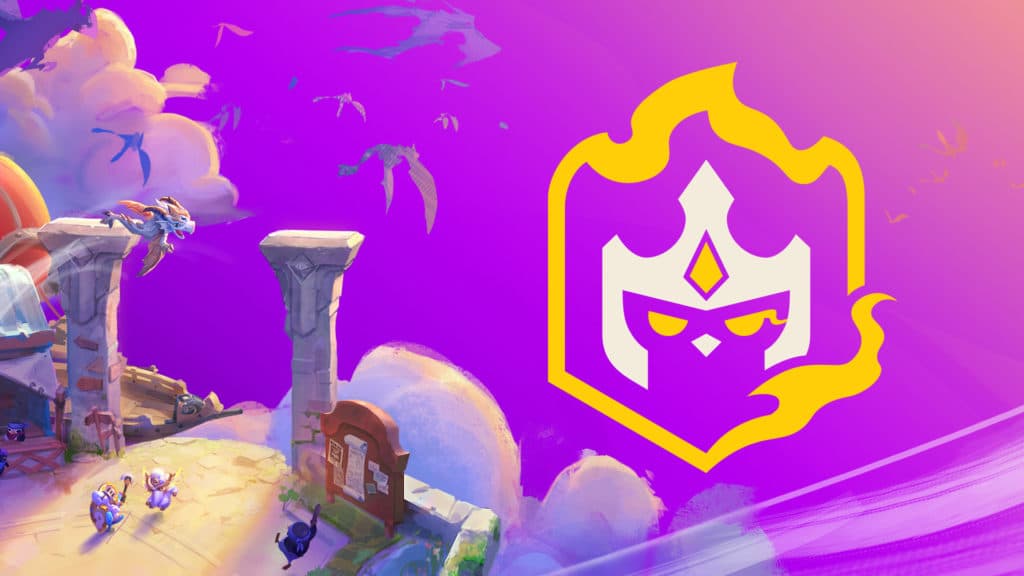
Also, there are official Riot-sponsored tournaments that take place throughout the year, such as the TFT World Championship. These competitions feature the very best going head-to-head to prove who's best. Seeing the smartest players in the game face off against each other in high-stakes situations is always a great way to really figure out how they think.
On top of all of that, there are resources like TFTactics that provide data on popular and the highest win rate compositions, optimal item builds and more. And if you're looking for more handy TFT guides like this one, stay tuned to Esports.GG for more!